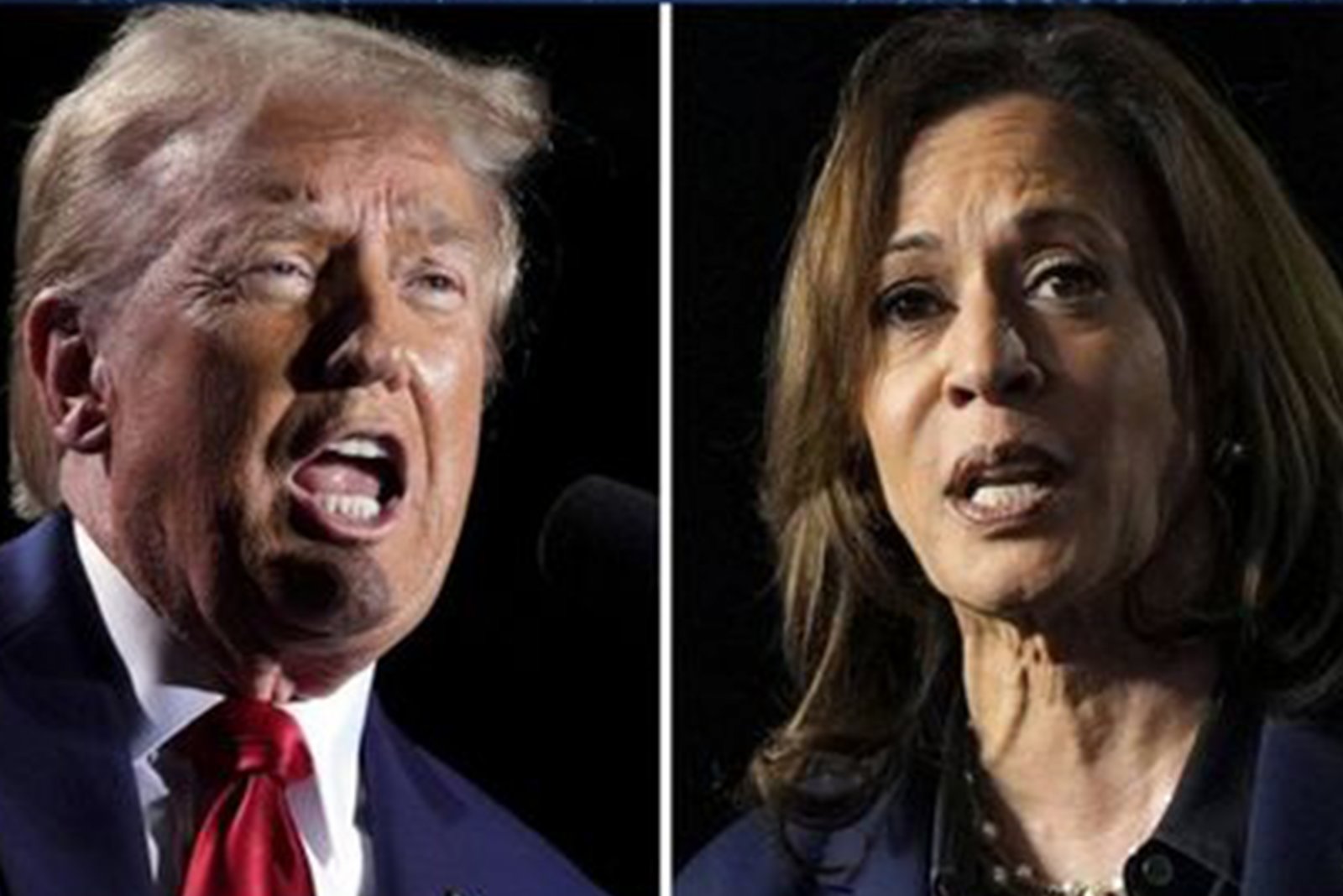The Potential Risks of Social Polarization in American Election
The latest poll in the US election shows that Trump and Kamala D. Harris are neck and neck in support rate, while the Republican Party and the Democratic Party have great differences in policy stance. This election is not only a political dispute, but also a catalyst for social differentiation. With the social polarization, people are gradually trapped in the "information cocoon", and only receive information consistent with their own views from news and social media, which further strengthens prejudice, makes both sides misunderstand and even be hostile to each other, and brings potential risks to the American economy.
Difficulties in policy implementation
The fierce opposition between the two parties on issues such as taxation, medical care and welfare has made policy promotion a difficult problem. Differences in positions lead to delays in discussions and decisions that cannot be passed quickly, leaving enterprises with no choice but to "stay put" in the face of the uncertainty of future policies. This stalemate makes economic growth weak and will weaken the economic foundation of the United States in the long run.
The problem of racial and social justice has worsened.
The issues of race and social justice have become the focus of opposition in elections, deepening social cracks and triggering conflicts and unstable factors. The government is forced to increase public security expenditure to maintain order, increase the financial burden, and weaken the investment in economic construction and development, further affecting the country's long-term economic investment.
Fluctuation of foreign policy
The key position of the United States in the global supply chain makes its policy changes affect the international market. Polarization makes American foreign policy vacillate, especially the position change towards China, Russian Federation and European Union, which makes the global market full of uncertainty. It is difficult for American trading partners to predict the policy direction, and enterprises are faced with unstable trade and tariff policies. The decline in investment confidence further aggravates market risks.
Understanding these challenges will help to assess the future growth pressure of the American economy and enable us to plan our coping strategies better.
Previous Article Next Article


 Whatsapp
Whatsapp Telegram
Telegram
